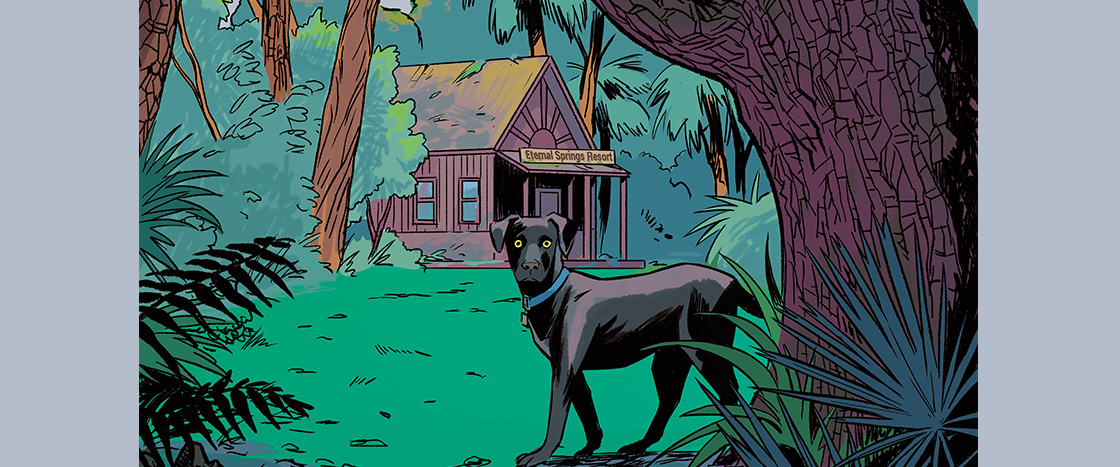Write to Win
Imagine you’re Nate at the end of the story. Write a letter to your family explaining what you’ve realized about Boo and why you eventually decided to keep him. Send your letter to “Boo Contest” by February 1, 2023. Five winners will each receive a copy of Allergic by Megan Wagner Lloyd. Visit the Storyworks Contests page for more information.

